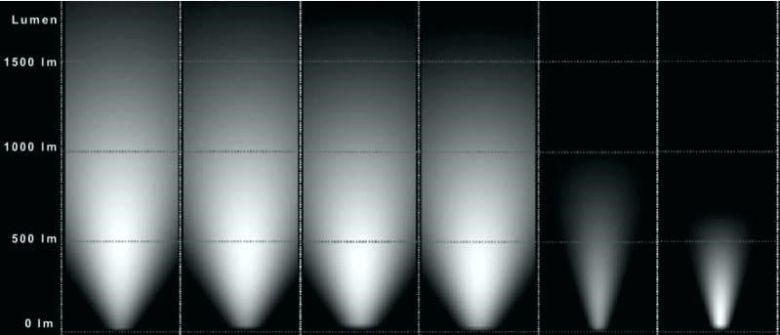Lighting – LED & Lumens (Part 1)
Technology. Love it or hate it – it’s here to stay and it really seems like it’s getting more and more complicated. It’s even affected how we pick lighting. But not to worry, it’s a good thing! Gone are the days of dark corners and not enough plugs for all your table lamps and floor lamps. While recessed lights have existed since the 1940’s, technology has improved to offer us more choices. Instead of light bulbs, there are now something called LED’s, or Light Emitting Diodes. What’s the difference you ask? Traditional light bulbs rely on a filament that produces light when an electric current pass through it. LED rely on semiconductors and electroluminescence to create light. This means that LEDs use less energy to operate and have a longer life span than traditional bulbs.
With LED, this affects lumen output. But wait, what are they? If you look up the word lumen, you’ll often find a confusing definition that causes us to scratch our heads and wonder what we just read. In a nutshell, it is a unit that measures the total amount of visible light. So, the higher the number, the brighter the light. A traditional 60 watt bulb has about 800lm (lumens). A LED can give off 800 lumens using only 8 to 12 watts of energy. Hence, LED’s are far more energy efficient and has the potential to be a lot brighter than your traditional bulb.
Want to learn more about lighting and how it affects your home? Stay tuned for part 2!
Photo Credit: meant2be


Comments are closed.